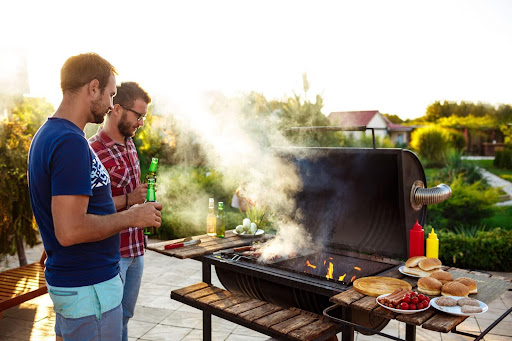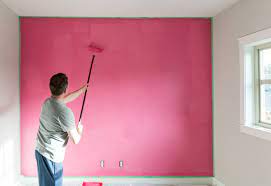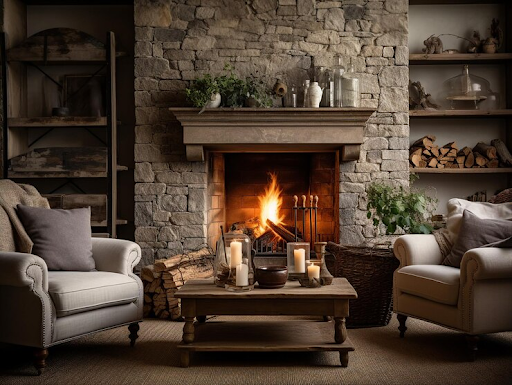The convenience of using gas grills over charcoal is a major factor in home cooks’ decisions. With just a button click and a knob turn, you can be cooking burgers and enjoying a beer without having to bother about sorting out a charcoal chimney or “building” zones. There’s nothing quite like gas grilling for the easy lighting and preheating. You need to hire a gas grill installation company. However, before meat meets grill, there are a few things you need to do.
Ensure That Your Grill is Clean
Before lighting your grill, regardless of whether it’s brand new or a hand-me-down, make sure it’s clean and ready to go. For optimal results, grill manufacturers advise cleaning your grill at least once a year—two is preferable.
As soon as possible, remove and clean the grates after making sure the fuel supply is off. Next, clean the parts of the grill beneath the grates, be very careful with the burner tubes, and wipe out the inside of the lid before cleaning the outside. If you can, refer to your owner’s handbook for detailed cleaning instructions.
Inspect the Gas Tank
After cleaning your grill, you must attach a fuel tank. The most popular fuel for gas grills is propane, and the majority of hardware and supermarket stores carry an outside propane tank. When you purchase a tank for the first time, it will cost more since you will be paying for both the propane and the tank. However, the following time you refill, you may return the original tank and exchange it for a less costly one.
Be cautious., It’s best to store propane tanks outdoors at all times. As long as the tank is detached and covered with a grill cover, you can leave it beneath the barbecue, but if you relocate the grill into a shed or garage, the tank must go to check energy efficient compressors.
Start the Grill
It’s time to fire the grill when the propane is connected and the tank valve is open. Check that the grill lid is on. Press the grill’s ignite or auto-light button after turning one burner to high or “light.” It’s simple to ignite and control the heat of the remaining two or three burners after the first one is lit.
What happens if the gas grill fails to ignite? For this reason, the majority of contemporary gas grills include a “manual lighting hole,” and some even come with a match holder fixed to the grill. Locate the hole; it can be on the grill’s side. A lighted match, either a long match or one that is attached to the grill’s match holder, should be gently inserted after lighting the burner next to the hole. The burner ought to ignite immediately.
Conclusion
It’s a fact of life that you will need to know how to ignite a gas grill if you choose to use one. Because gas and sparks combine to create an explosive mixture, it makes perfect sense that learning how to ignite a gas grill might seem intimidating. However, lighting your grill securely and troubleshooting it properly when it doesn’t light will become second nature to you and an easy step toward enjoying a wonderful grilling experience.



